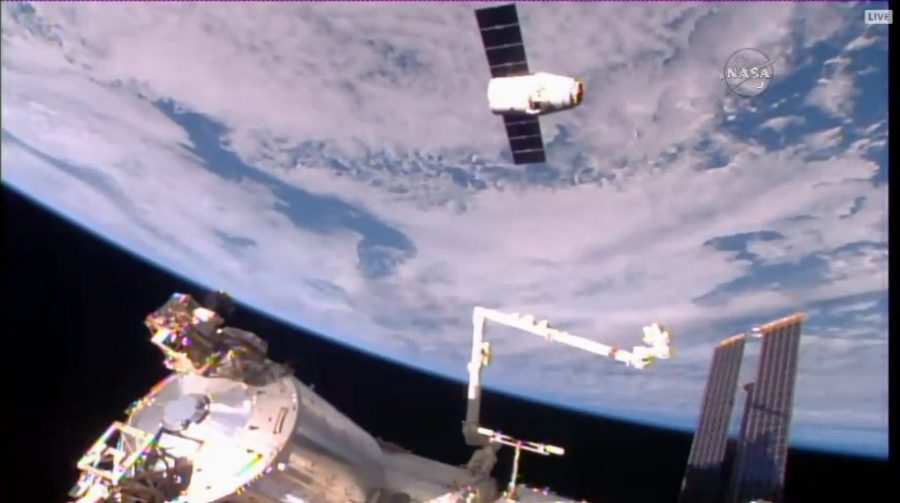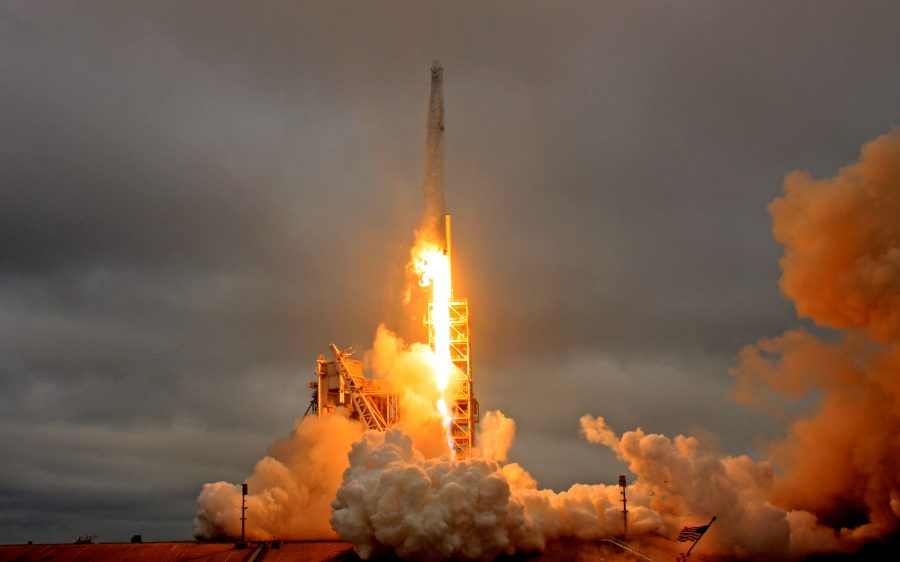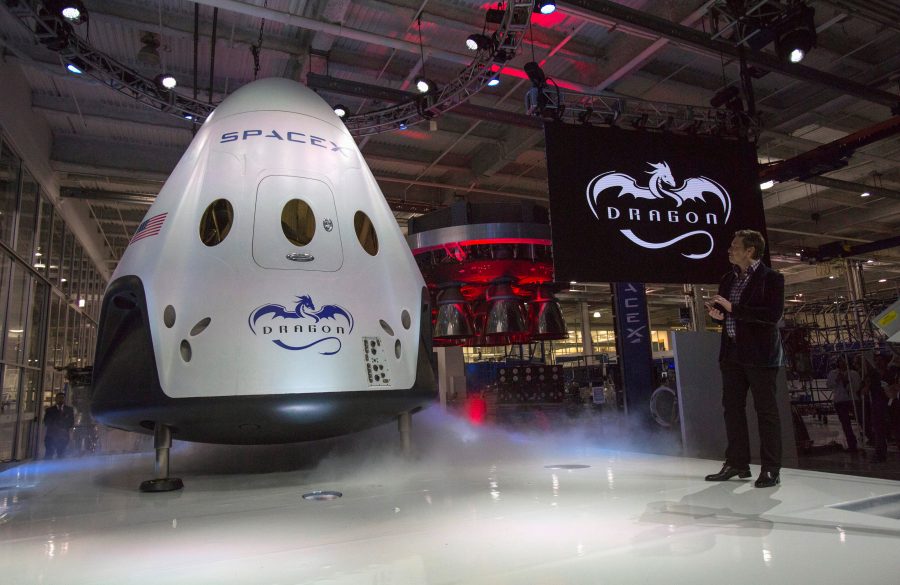
Elon Musk’s SpaceX to Send First Paying Tourists Around Moon Next Year
CAPE CANAVERAL, Fla. (Reuters) – SpaceX plans to launch two paying passengers on a tourist trip around the moon next year using a spaceship under development for NASA astronauts and a heavy-lift rocket yet to be flown, the launch company announced on Monday. The launch of the first privately funded tourist flight beyond the orbit […]

CAPE CANAVERAL, Fla. (Reuters) – SpaceX plans to launch two paying passengers on a tourist trip around the moon next year using a spaceship under development for NASA astronauts and a heavy-lift rocket yet to be flown, the launch company announced on Monday.

The launch of the first privately funded tourist flight beyond the orbit of the International Space Station is tentatively targeted for late 2018, Space Exploration Technologies Chief Executive Elon Musk told reporters on a conference call.
Musk declined to identify the customers or say how much they would pay to fly on the weeklong mission, except to say that it is “nobody from Hollywood.”
He also said the two prospective space tourists, who know each other, have put down a “substantial” deposit and would undergo “extensive training before going on the mission.”
“I think there’s a market for one or two of these per year,” he said, estimating that space tourist fares charged by SpaceX could eventually contribute 10 to 20 percent of the company’s revenue.
Plans call for SpaceX’s two-person lunar venture to fly some 300,000 to 400,000 miles (480,000 to 640,000 km) from Earth past the moon before Earth’s gravity pulls the spacecraft back into the atmosphere for a parachute landing.

That trajectory would be similar to NASA’s 1968 Apollo 8 mission beyond the moon and back.
Musk also said that if NASA decides it wants to be first in line for a lunar flyby mission, the U.S. space agency would take priority.
At the behest of the Trump administration, NASA is conducting a study to assess safety risks, costs and potential benefits of letting astronauts fly on the debut test flight of its heavy-lift Space Launch System rocket and Orion capsule.
That mission is currently planned to be uncrewed and scheduled to launch in late 2018.

Musk said the privately funded moon expedition would take place after his California-based company begins flying crew to the International Space Station for the National Aeronautics and Space Administration.
NASA is hoping those crew-ferrying flights begin by late 2018.
SpaceX’s own Falcon Heavy rocket, which Musk wants to use for the lunar tourist mission, is scheduled to make a debut test flight later this year.
Musk, also CEO of electric carmaker Tesla, said missions around the moon could provide practise for eventual human flights to Mars, the long-term goal of SpaceX.
Except for needed communications upgrades, the Dragon spaceship in development for NASA astronauts is well suited for lunar flyby missions, Musk added.
The launch would require licensing by the Federal Aviation Administration.
SpaceX joins a growing list of companies developing commercial passenger spaceflight services.
Virgin Galactic, an offshoot of Richard Branson’s London-based Virgin Group, is testing a six-passenger, two-pilot spaceship to carry paying customers about 62 miles (100 km) above Earth, high enough to experience brief microgravity and see Earth’s curvature against the blackness of space.
Tickets to ride cost $250,000 each.
SpaceX has a $10 billion backlog of about 70 missions for NASA and commercial customers. The firm’s backers include Alphabet’s Google Inc and Fidelity Investments, which together have contributed $1 billion to Musk’s firm.
(Reporting by Irene Klotz at Cape Canaveral, Florida; editing by Steve Gorman and Mary Milliken)
“We are excited to announce that SpaceX has been approached to fly two private citizens on a trip around the moon late next year… Like the Apollo astronauts before them, these individuals will travel into space carrying the hopes and dreams of all humankind, driven by the universal human spirit of exploration.” – SpaceX
Elon Musk, who was brought up in South Africa and attended Pretoria Boys’ High, tweeted this cool message yesterday:
Fly me to the moon … Okhttps://t.co/6QT8m5SHwn
— Elon Musk (@elonmusk) February 27, 2017